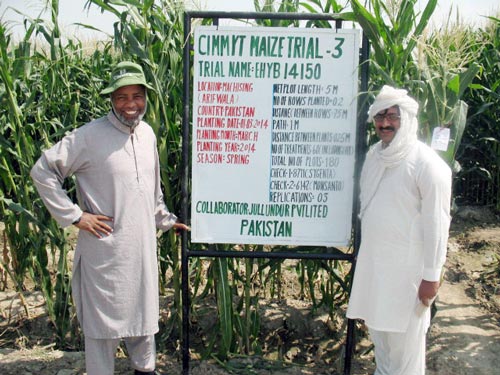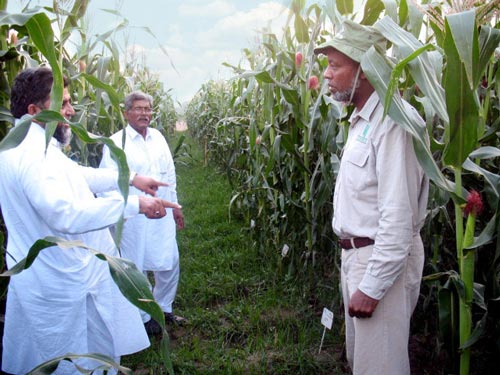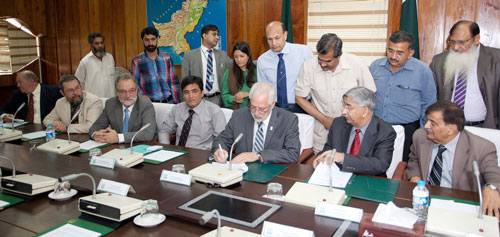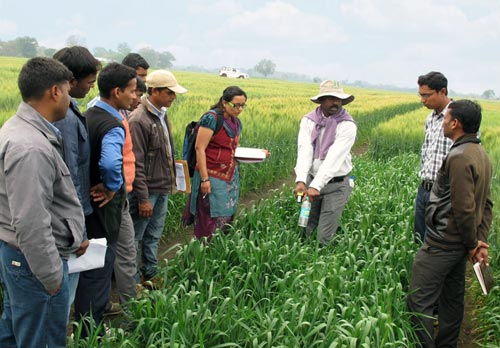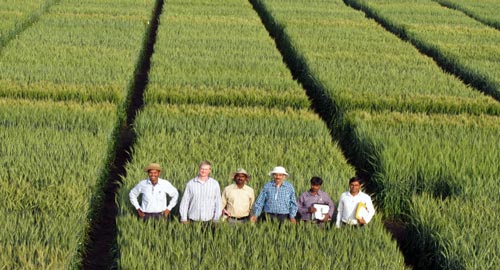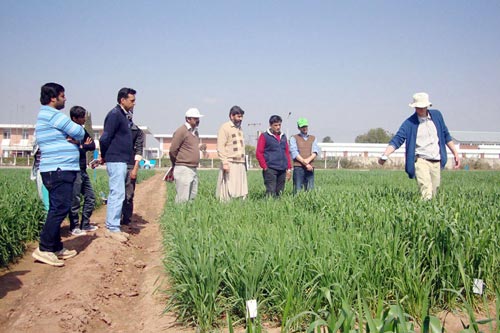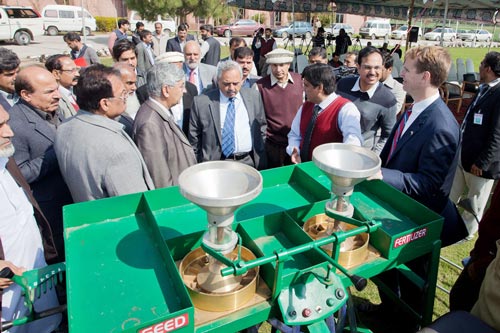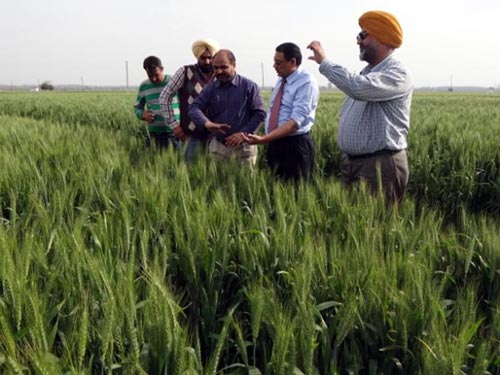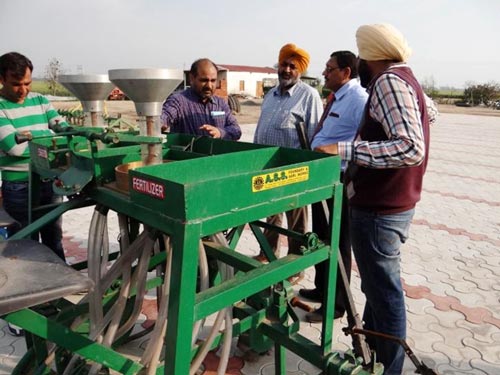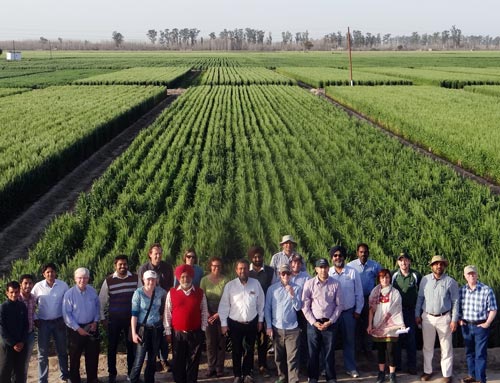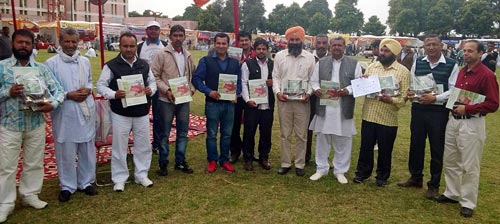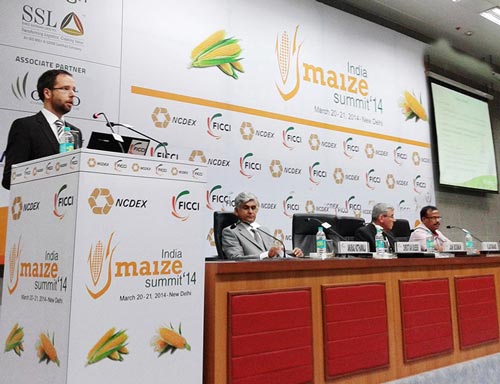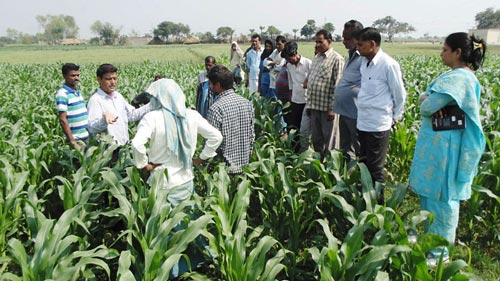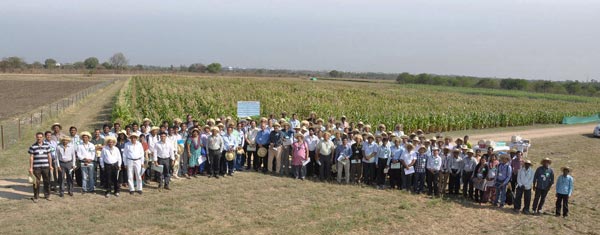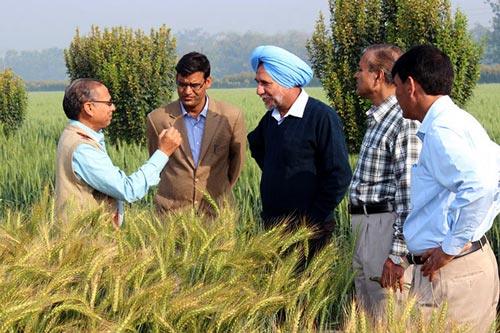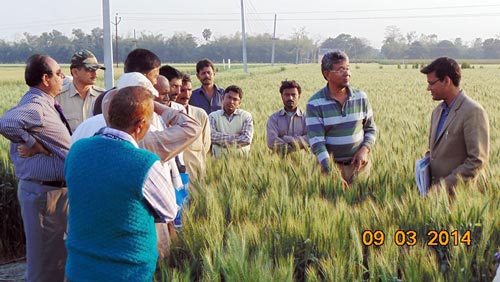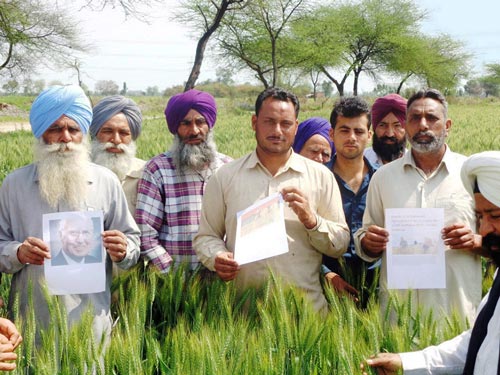Seed summit aims to improve delivery of high-yielding varieties to farmers in eastern India
By Anuradha Dhar
Strategies to make improved seed varieties more appealing and available to India’s farmers were the focus of the Seed Summit for Enhancing the Seed Supply Chain in Eastern India, held 14-15 May in Patna, Bihar. The summit was organized by the Cereal Systems Initiative for South Asia (CSISA) and funded by the U.S. Agency for International Development Feed the Future initiative and the Bill & Melinda Gates Foundation.
More than 60 seed experts from the government, research institutions and the private sector identified the challenges in the seed value chain and discussed actionable solutions that will improve the delivery of improved wheat and rice varieties to farmers in eastern India.
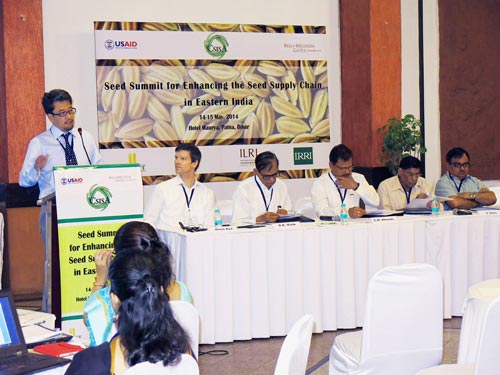
Seed Scenario
Many varieties of the two key crops have been released in India in recent decades, which could significantly increase agricultural productivity and reduce rural poverty. However, most
small-scale and poor farmers in eastern India do not have access to modern varieties that can tolerate flooding or are more resistant to pests and diseases while generating higher yields.
Seed replacement rates are extremely low in eastern India, for several reasons: farmers are not aware of the potential of new varieties; a lack of proper seed storage infrastructure to maintain good quality; poor linkages among government, private sector and farmers to provide seeds in a timely manner; and gaps in the policy environment.
The event focused on strengthening the financial capacity and marketing skills of rural seed dealers and input retailers, expanding the role of agricultural extension and advisory services, leveraging civil society – farmers’ associations, community groups and nongovernmental organizations – to help promote new varieties and encouraging greater engagement from India’s vibrant private sector in the region’s seed markets.
David Spielman, senior research fellow at the International Food Policy Research Institute (IFPRI), said India is the fifth-largest seed market in the world, growing at 12 percent annually. “There is a need for better decision-making tools —better data, information and analysis at a strategic level to improve seed systems and markets in Asia. Greater investments in the research systems and improved market surveillance to identify and prosecute fraudulent seed production are also required,” he said.
Vilas Tonapi, principal scientist at the Indian Agricultural Research Institute, promoted alternative seed system models – individual farmer as a seed bank, village-based seed banks and group-based small-scale seed enterprise – to provide local platforms where farmers can easily buy improved seeds.
Looking Forward
The last session established four critical priorities for an action plan in the Indian seed sector, especially in the eastern states: the extension system should be restructured and revived; effective seed subsidy programs should be designed that are based on evidence, are cost-effective and are better targeted to reach poor farmers; mechanization of the seed sector should be promoted with the introduction of mobile seed treatment units and seed weighing machines; and demonstration of new varieties and new farm technologies should be promoted through progressive farmers.
To view photos and press coverage of the summit, please visit www.csisa.org.
